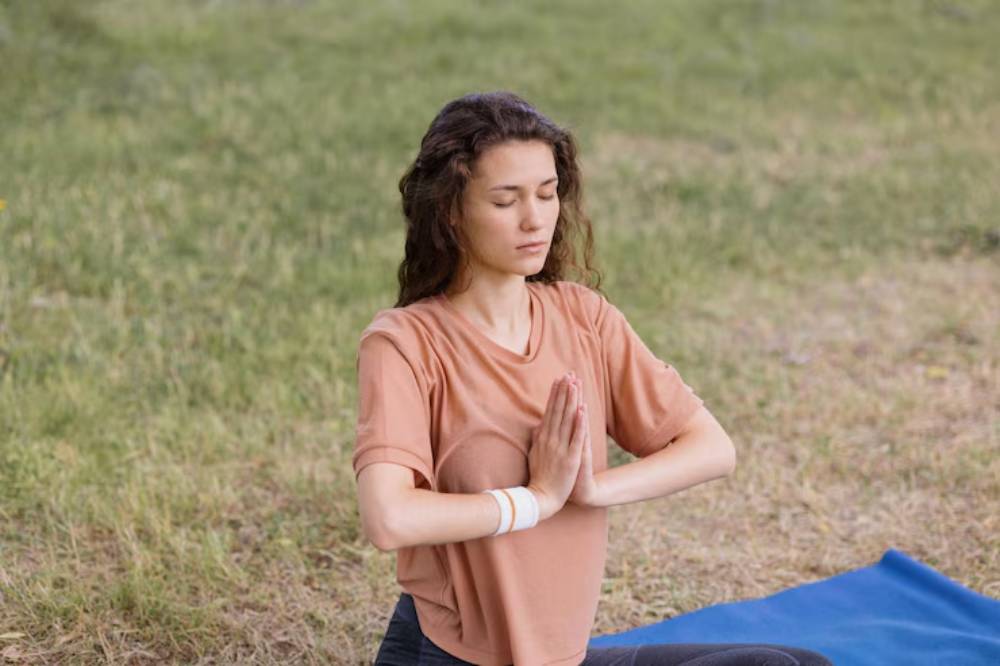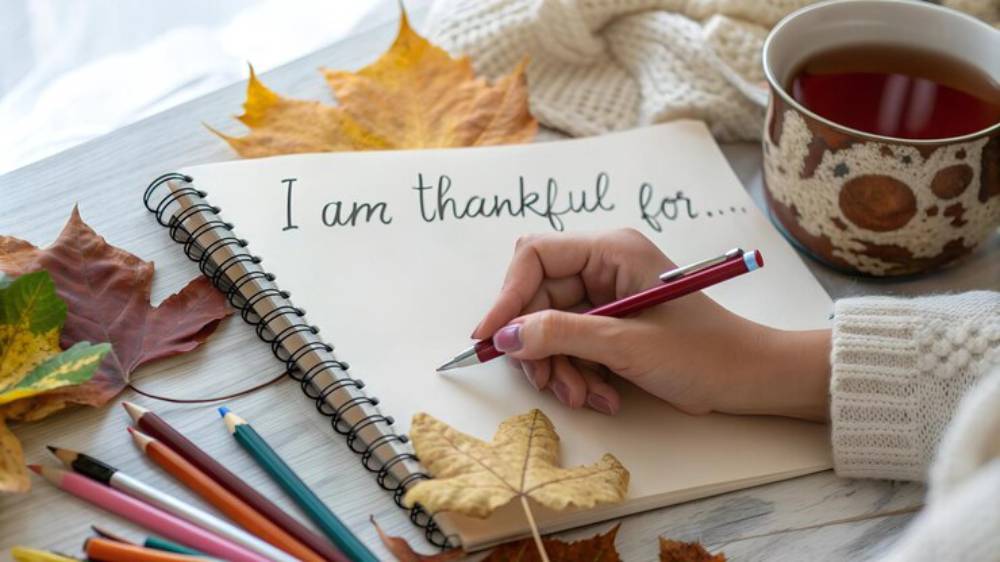The Health & Wellness Blog

How to Cultivate Gratitude through Mindfulness Practices
In a fast-changing world, finding inner peace and contentment is more important than ever. The practice of gratitude through mindfulness offers a pathway to achieving this serenity. Gratitude is more than just a feel-good activity. It greatly affects mental health, relationships, and overall well-being. In this guide, we will look at how gratitude and mindfulness can change your life. It gives you a new outlook and helps you appreciate the world more.
Understanding the Core
Gratitude mindfulness helps you focus on the present. It encourages you to appreciate the good things in life. This practice blends old wisdom with modern psychology. It mixes mindfulness principles with gratitude’s emotional benefits. Studies show that people who practice gratitude often feel happier. They also have fewer symptoms of depression and greater resilience.
The Science Behind Gratitude

Gratitude is more than just a fleeting feeling. It’s a complex feeling. It means seeing the good in life and realising that much of it comes from outside of us. Gratitude can activate brain areas linked to reward, morality, and bonding. This activation leads to an increase in dopamine and serotonin, neurotransmitters that are known to enhance mood and overall well-being.
Quick Guide / Checklist
Before diving into the practice, here is a quick-reference checklist to help you:
- Set Intentions: Begin with a clear intention to practice gratitude daily.
- Mindful Breathing: Use deep breathing techniques to centre your thoughts.
- Gratitude Journaling: Write down three things you are grateful for each day.
- Positive Affirmations: Use affirmations to reinforce a grateful mindset.
- Mindful Appreciation: Take a moment each day to appreciate the present.
- Express Gratitude: Verbally express gratitude to others regularly.
Step-by-Step Guide (How to Practise)
Step 1: Setting Intentions
Begin by deciding to include gratitude in your daily life. Intentions guide you. They help you stay focused and committed to your practice.
Step 2: Engage in Mindful Breathing
Mindful breathing is a foundational aspect of mindfulness practices. Spend a few minutes each day focusing on your breath. Inhale deeply through your nose, hold for a moment, and exhale slowly through your mouth. This practice helps to calm the mind and prepares you for gratitude exercises.
Step 3: Gratitude Journaling

One of the most effective ways to cultivate gratitude is through journaling. Each day, take a few moments to jot down three things you are grateful for. These can be as simple as a warm cup of tea or as profound as a supportive friend. Writing boosts positive thoughts. It helps you focus on what you have instead of what you lack.
Step 4: Practice Positive Affirmations
Affirmations are powerful tools for cultivating a grateful mindset. Create a list of positive affirmations related to gratitude and repeat them daily. For example, “I am grateful for the abundance in my life,” or “I appreciate the love and support that surrounds me.”
Step 5: Engage in Mindful Appreciation
Take a moment each day to appreciate the present moment. Mindful appreciation, like enjoying a meal or walking in nature, keeps you grounded. It helps you focus on the present moment and build gratitude.
Step 6: Express Gratitude
Make it a habit to express gratitude to others. Saying thank you or writing a heartfelt note builds stronger bonds and deepens emotional ties.
Pro Tip: Like any skill, cultivating gratitude requires consistent practice. Set aside time each day to engage in gratitude exercises.
Best Practices & Additional Insights
Enhancing Your Gratitude Practice
- Incorporate Meditation: Combine gratitude exercises with meditation for a more profound experience. Guided meditations focused on gratitude can deepen your practice.
- Use Visual Reminders: Place visual reminders around your home or workspace to prompt moments of gratitude. These can be quotes, photos, or objects that hold special meaning.
- Join a Gratitude Group: Consider joining a group or community focused on gratitude. Sharing experiences and insights with others can provide motivation and support.
The Role of Gratitude in Relationships
Practising gratitude can significantly enhance your relationships. Focusing on the positives and showing appreciation helps create a supportive, loving environment. It helps both personal and professional relationships, making the workplace more harmonious.
Important Gratitude is a personal journey. Avoid comparing your experiences with others. This can diminish your sense of appreciation.
FAQs
How long does it take to see the benefits of gratitude and mindfulness?
Some people may notice immediate changes. Many people notice big benefits after a few weeks of regular practice.
Can gratitude mindfulness help with anxiety and depression?
Yes, studies show that gratitude practices can help reduce anxiety and depression. They do this by shifting our focus from negative to positive thoughts.
Is it necessary to practice gratitude mindfulness every day?
For optimal results, daily practice is recommended. However, even practising a few times a week can yield positive outcomes.
Can gratitude mindfulness improve my mood?
Practising gratitude can lift your mood. It helps you focus on the good things in your life.
Do I need to be experienced in mindfulness to start?
No, beginners can start small and gradually build up their mindfulness practice.
Can gratitude mindfulness help with stress?
Focusing on gratitude helps lower stress. It shifts your mind to positive thoughts.
Is gratitude mindfulness a long-term practice?
Yes, it’s most effective when practised regularly. Short-term practice can bring benefits.
Can I practice gratitude mindfulness anytime?
Yes, you can practice gratitude at any time, whether during your daily routine or in quiet moments.
Secret Tip: It’s natural to have days when gratitude feels elusive. Embrace these moments as part of the journey and return to your practice with compassion.
Conclusion: Embrace Gratitude for a More Fulfilling Life
Practising gratitude through mindfulness is a simple but powerful way to improve your life. Focusing on the positives and appreciating now can boost your happiness and well-being. Start your gratitude journey today and experience the transformative power of mindful appreciation.
If you liked this guide, please share it with anyone who could use some gratitude in their life. Embrace the practice, and watch your world transform into a more vibrant and fulfilling place.









